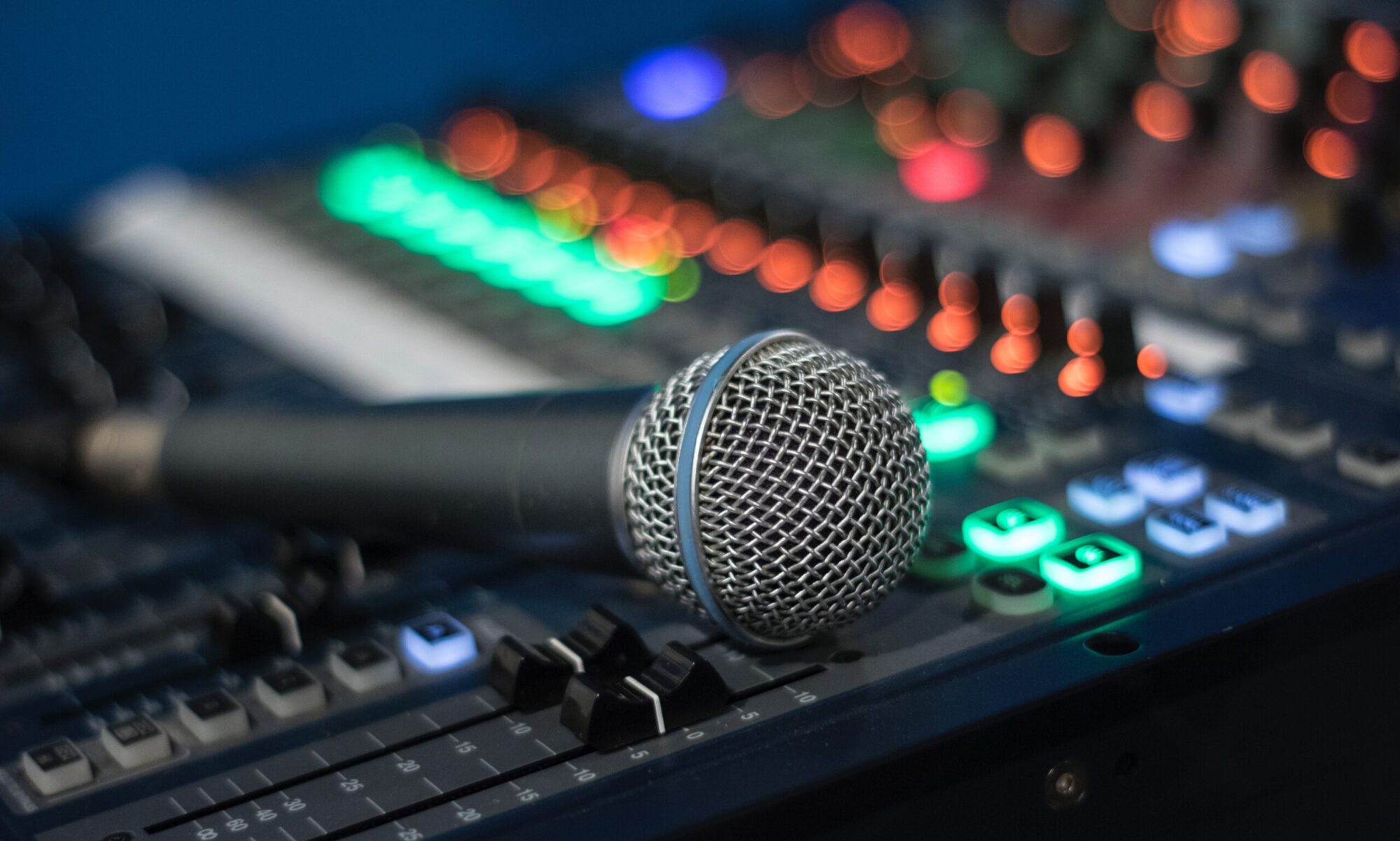Mozart + heavy metal drums = awesome [video]
I really like the this You Tube video – fun! Very Creative
Twitter’s five-point plan for improving leans on developers and Periscope
Twitter’s five-point plan for improving leans on developers and Periscope
Source: Twitter’s five-point plan for improving leans on developers and Periscope
The Science of Storytelling: Why Telling a Story is the Most Powerful Way to Activate Our Brains
A good story can make or break a presentation, article, or conversation. But why is that? When Buffer co-founder Leo Widrich started to market his product through stories instead of benefits and bullet points, sign-ups went through the roof. Here he shares the science of why storytelling is so uniquely powerful.
Source: The Science of Storytelling: Why Telling a Story is the Most Powerful Way to Activate Our Brains
Hands-on: Ricoh’s Theta S 360-degree camera makes everyone a photo bomber – ImmedTech
Life-logging continues to be a trend at CES, with more cameras and apps than ever designed to record your daily activities and display them in unique, interactive ways. We went hands-on with Ricoh‘s latest rendition of its 360-degree camera, the Theta S, to see how 360-degree imaging might play into our everyday lives. Currently, it seems 360-degree photos and videos are often limited to sports photographers and travel.
Hands-on: Ricoh’s Theta S 360-degree camera makes everyone a photo bomber – ImmedTech


